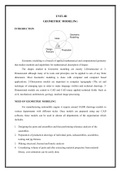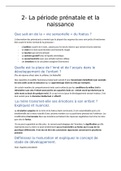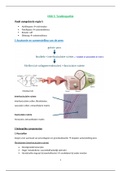Notizen
GEOMETRIC MODELING
- Kurs
- Hochschule
This document contains: Introduction to Geometric modeling, NEED OF GEOMETRIC MODELING, REQUIREMENTS OF GEOMETRIC MODELING, GEOMETRIC MODELS, Two Dimensional (2D) models, Three dimensional (3D) models, Wireframe modeling, Surface modeling, Solid modeling, DIFFERENCE AMONG WIREFRAME, SURFACE AND SO...
[ Mehr anzeigen ]












